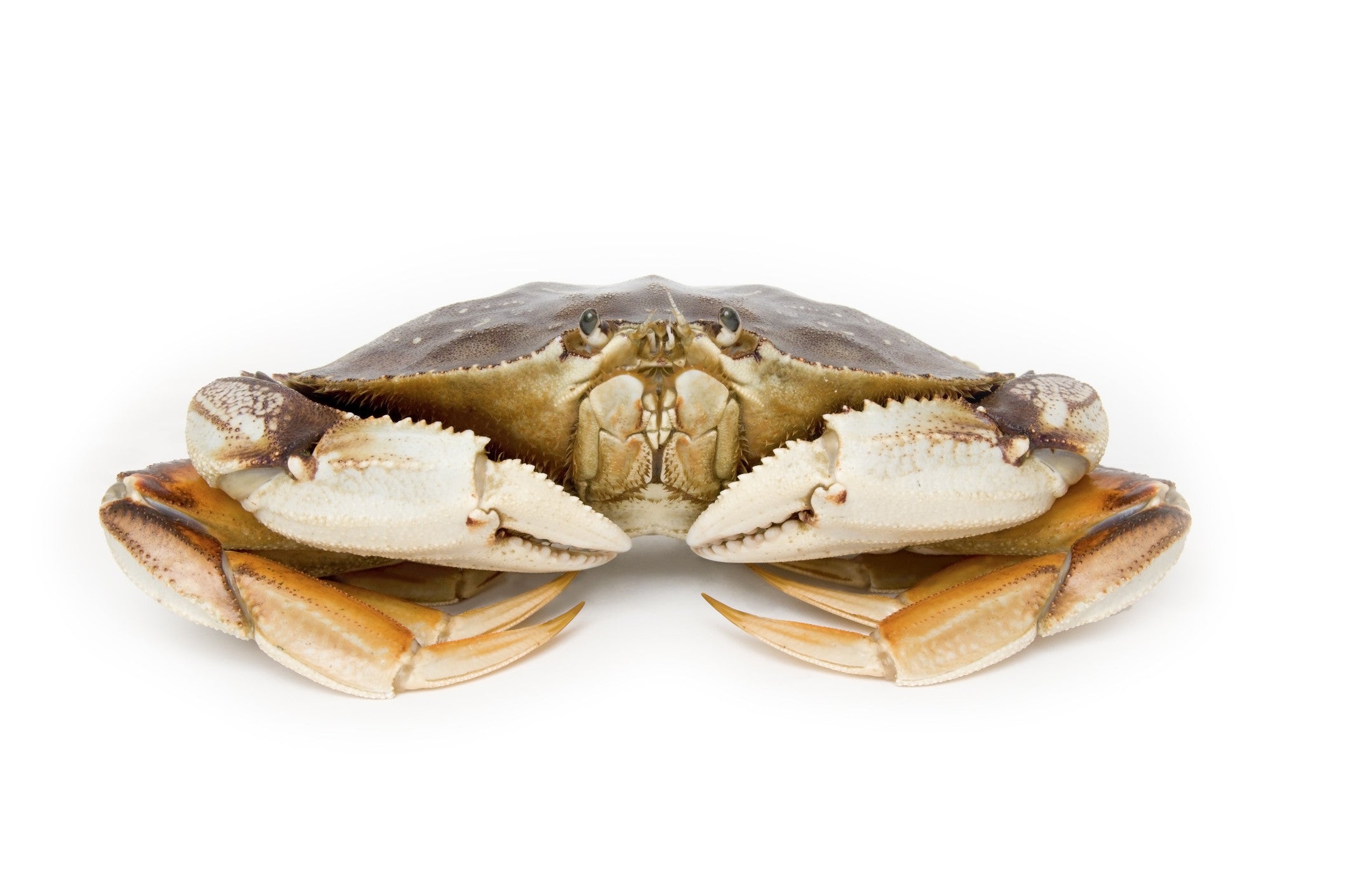

Articles
How To Store Live Dungeness Crab
Modified: December 7, 2023
Learn how to properly store live Dungeness crab with this informative article. Find out the best methods to keep your crab fresh for longer.
(Many of the links in this article redirect to a specific reviewed product. Your purchase of these products through affiliate links helps to generate commission for Storables.com, at no extra cost. Learn more)
Introduction
Storing live Dungeness crab ensures that you can enjoy the freshest and most flavorful seafood at any time. Whether you’ve caught the crab yourself or purchased them from a seafood market, proper storage is essential to maintain their quality and taste. In this article, we will guide you through the process of how to store live Dungeness crab, including selecting the crabs, preparing the storage container, maintaining water quality, monitoring temperature and humidity, feeding the crabs, and handling and transporting them.
Dungeness crab is a popular delicacy known for its sweet and succulent meat. It is commonly found along the West Coast of North America, particularly in the Pacific Northwest. These crabs are typically caught in the wild and are highly sought after for their rich flavor. When stored correctly, live Dungeness crabs can remain alive and fresh for several days, allowing you to enjoy their delicious meat whenever you desire.
Before we delve into the specifics of storing live Dungeness crab, it’s important to note that these crabs have specific requirements to ensure their well-being and longevity. By following the steps outlined in this article, you can create an optimal environment for storing your live Dungeness crab, ensuring that they stay healthy and their meat stays juicy and flavorful.
So, whether you’re planning a seafood feast or simply want to have Dungeness crab on hand for a special occasion, read on to discover the best practices for storing live Dungeness crab and keeping them in peak condition until you’re ready to enjoy this delectable seafood.
Key Takeaways:
- Selecting healthy, lively Dungeness crabs of the right size and gender is crucial for optimal storage. Look for active movement, intact shells, and a fresh marine odor to ensure the best quality and flavor.
- Creating a suitable environment, maintaining water quality, monitoring temperature and humidity, and providing proper nutrition are essential for storing live Dungeness crabs. Attention to detail and care ensure the crabs remain fresh, healthy, and ready to be enjoyed.
Read more: How To Store Live Dungeness Crabs Overnight
Selecting Live Dungeness Crabs
When it comes to storing live Dungeness crabs, the first step is to select healthy and lively specimens. Choosing the right crabs ensures that they will have a longer lifespan and maintain their quality during storage. Here are some tips to help you select the best live Dungeness crabs:
- Size Matters: Look for crabs that are of legal size, typically around 6 to 7 inches in carapace width. Avoid crabs that are undersized or oversized, as they may not be as flavorful.
- Active Movement: Opt for crabs that are active and show signs of vitality. They should move quickly and have a strong grip with their claws.
- Shell Health: Inspect the shells of the crabs for any signs of damage or discoloration. Fresh, healthy crabs will have a vibrant, intact shell.
- Fresh Odor: Take a whiff of the crabs to ensure they have a fresh, marine odor. Avoid crabs that smell foul or have an ammonia-like scent.
- Gender Considerations: Female Dungeness crabs are typically not kept for consumption to support sustainability efforts. Look for male crabs, identified by their narrow abdominal flap.
It’s worth noting that live Dungeness crabs tend to be more readily available during the crabbing season, which usually runs from late fall to early spring. This is when crabs are harvested in larger quantities and are typically more abundant at seafood markets. However, you can still find live Dungeness crabs during the off-season, albeit with potentially higher prices or limited availability.
Once you’ve carefully selected your live Dungeness crabs, it’s time to prepare the storage container that will serve as their temporary habitat until you’re ready to enjoy them.
Preparing the Storage Container
Creating a suitable environment for your live Dungeness crabs is crucial to their well-being during storage. The storage container should provide them with enough space to move around comfortably and should mimic their natural habitat. Follow these steps to prepare the storage container:
- Select a spacious container: Choose a container that is large enough to accommodate all the crabs you have. A well-ventilated cooler or a clean plastic tub with a lid can work well as a storage container.
- Add a layer of damp seaweed or newspaper: Line the bottom of the container with a layer of damp seaweed or newspaper. This provides insulation and helps maintain moisture levels in the container.
- Place a tray with holes: Put a tray or rack with holes on top of the seaweed or newspaper. This helps keep the crabs dry and prevents them from sitting in any accumulated water.
- Provide hiding spots: Add some larger rocks or logs to the container to create hiding spots for the crabs. Dungeness crabs are naturally reclusive and will appreciate having a place to feel secure.
It’s important to note that the storage container should not be completely airtight, as crabs require some fresh air circulation. Leave a small gap or crack in the lid of the container to allow for air exchange.
Once the storage container is ready, it’s time to create a suitable holding tank environment for the crabs.
Preparing the Holding Tank
A well-prepared holding tank is essential for maintaining the health and vitality of your live Dungeness crabs. The holding tank provides a temporary home for the crabs until they are ready to be cooked or consumed. Follow these steps to prepare the holding tank:
- Fill the tank with seawater: Use clean seawater or create a saltwater solution by dissolving non-iodized salt in fresh water. The salinity level should be around 1.020 – 1.025 specific gravity, similar to the ocean’s saltwater.
- Temperature control: Ideally, the water temperature in the holding tank should be maintained between 45 to 50°F (7 to 10°C). This ensures that the crabs remain in a dormant state and helps prolong their freshness.
- Install an aerator or bubbler: Oxygenate the water in the holding tank by using an aerator or bubbler. This will provide a constant supply of oxygen for the crabs and help maintain the water’s quality.
- Monitor water quality: Regularly test the pH, salinity, and ammonia levels in the tank using appropriate testing kits. Adjust the water parameters accordingly to ensure optimal conditions for the crabs.
- Maintain darkness: Keep the holding tank in a dark or dimly lit area. Dungeness crabs are nocturnal creatures and prefer darkness, which helps reduce stress and keeps them calmer.
It’s important to note that the holding tank should be cleaned regularly to prevent the build-up of waste or debris. Replace the water if it becomes fouled or if there are any signs of deterioration, such as foul odors or increased ammonia levels.
Now that you have prepared the holding tank, you need to ensure the quality of the water is maintained at the appropriate levels.
Maintaining the Water Quality
Maintaining the proper water quality in the holding tank is crucial to the well-being and longevity of your live Dungeness crabs. The quality of the water directly impacts the health and flavor of the crabs. Follow these steps to ensure optimal water quality:
- Monitor and adjust salinity levels: Regularly check the salinity levels in the tank using a hydrometer. The ideal salinity range for Dungeness crabs is between 1.020 to 1.025 specific gravity. Adjust the salinity by adding non-iodized salt or freshwater as needed.
- Test and adjust pH levels: Use a pH testing kit to monitor the pH levels of the water in the holding tank. The pH should be maintained between 7.8 to 8.2, as this is the range that best mimics their natural environment. Adjust the pH using commercially available pH regulators if necessary.
- Remove excess waste: Regularly remove any waste, such as uneaten food or fecal matter, from the holding tank. This helps prevent the water from becoming fouled and reduces the risk of ammonia buildup.
- Maintain oxygen levels: Ensure proper oxygenation of the water in the holding tank by using an aerator or bubbler. This helps maintain adequate oxygen levels for the crabs to breathe and promotes their overall health.
- Filter the water: Consider using a filter system to remove impurities and maintain water clarity. A filter can help remove particulates and organic matter that may negatively affect water quality.
Regular observation and testing of the water parameters are essential to identify any potential issues and promptly address them. Keep a record of the water test results, and take appropriate action to maintain optimal water quality for your live Dungeness crabs.
Next, let’s explore the importance of monitoring temperature and humidity levels for the well-being of your crabs.
After purchasing live Dungeness crab, store them in a cooler with damp newspaper or seaweed to keep them moist. Keep the cooler in a cool, dark place and use them within 24 hours for the best flavor.
Read more: How To Store Dungeness Crab
Monitoring Temperature and Humidity
Properly monitoring the temperature and humidity levels is crucial for ensuring the well-being of your live Dungeness crabs. These environmental factors play a significant role in maintaining their health and freshness. Follow these guidelines to monitor temperature and humidity effectively:
- Temperature control: The ideal temperature range for storing live Dungeness crabs is between 45 to 50°F (7 to 10°C). Use a thermometer to regularly monitor the temperature in the storage container and holding tank. Maintain a consistent temperature by placing the container in a cool, well-ventilated area away from direct sunlight and drafts.
- Humidity maintenance: Dungeness crabs require a moderate level of humidity to prevent dehydration. Aim for a humidity level of around 75% to 85% in the storage container. You can achieve this by spraying a mist of water into the container periodically or using a hygrometer to monitor and adjust humidity levels if necessary.
- Avoid extremes: Avoid exposing live Dungeness crabs to extreme temperatures or sudden temperature fluctuations. Drastic changes in temperature can stress the crabs and negatively impact their health and flavor.
- Monitor for signs of stress: Pay close attention to the behavior and appearance of the crabs. Signs of stress, such as lethargy, labored breathing, or unusual motor activity, may indicate that the temperature or humidity levels are not optimal.
By maintaining the proper temperature and humidity levels, you create a favorable environment for your live Dungeness crabs, ensuring their well-being and the quality of their meat. However, it’s not just their environment that contributes to their health but also providing them with proper nutrition.
Let’s explore the importance of feeding Dungeness crabs to keep them healthy and strong.
Feeding the Dungeness Crabs
Feeding your live Dungeness crabs is essential to keep them healthy and maintain their energy levels during storage. While they can survive for several days without food, providing them with proper nutrition ensures their well-being and enhances the flavor of their meat. Follow these guidelines for feeding the Dungeness crabs:
- Choose appropriate feed: Live Dungeness crabs are opportunistic scavengers and will eat a variety of foods. Opt for high-quality seafood-based pellets, fish scraps, or shrimp for optimal nutrition.
- Feed in moderation: Avoid overfeeding the crabs, as uneaten food can quickly decompose and degrade water quality. Monitor their consumption and adjust the amount of food accordingly.
- Feed at regular intervals: Provide small meals to the crabs at consistent intervals throughout the day. This helps replicate their natural feeding patterns and prevents wastage.
- Remove uneaten food promptly: If the crabs do not consume all the food within a few hours, remove the uneaten portions from the tank to prevent water contamination.
- Consider natural food sources: If available, you can also provide live small fish, shellfish, or marine worms to the crabs. These natural food sources can help stimulate their foraging instincts and provide additional nutrients.
Remember, maintaining a clean and healthy environment is crucial when feeding live Dungeness crabs. Regularly monitor water quality and remove any excess food or waste to minimize the risk of fouling the water. Additionally, observe the crabs’ behavior and appetite to ensure they are eating well and remaining active.
Now that you have attended to the feeding needs of the crabs, it’s important to learn how to handle and transport them properly to maintain their well-being and ensure their freshness.
Handling and Transporting Live Dungeness Crabs
Proper handling and transportation are crucial to maintaining the well-being and freshness of live Dungeness crabs. Whether you’re preparing to cook them or transporting them to another location, follow these guidelines to ensure their safety and maintain their quality:
- Handle with care: When handling live Dungeness crabs, it’s important to be gentle to avoid causing any injuries. Avoid grabbing them by their legs or claws, as they can be delicate and easily damaged. Instead, hold them from the back or the sides of the carapace.
- Use a container with a lid: When transporting live Dungeness crabs, use a sturdy container with a secure lid. This prevents the crabs from escaping and helps maintain a stable environment during transportation.
- Provide adequate ventilation: Ensure that the container has proper ventilation to prevent the build-up of ammonia and maintain oxygen levels. You can create small holes or use a container with built-in vents to allow for air circulation.
- Keep the temperature stable: During transportation, it’s essential to maintain a stable temperature to prevent stress on the crabs. Avoid exposing them to extreme temperatures and keep them away from direct sunlight or drafts.
- Minimize movement: Limit excessive shaking or jostling of the crabs during transportation. Sudden movements can stress the crabs and potentially lead to injury or mortality.
- Avoid overcrowding: Ensure that the crabs have enough space in the container to move around without being cramped. Overcrowding can lead to aggression and potential harm to the crabs.
- Check local regulations: Depending on where you are transporting the crabs, be aware of any local regulations or permits required for the transportation of live seafood. Adhere to the guidelines to avoid any legal issues.
By following these handling and transportation guidelines, you can minimize stress on the crabs and maintain their freshness. Remember to take into consideration the duration of transportation and make necessary arrangements to ensure their well-being throughout the journey.
By now, you have learned how to select, store, and handle live Dungeness crabs effectively. It’s time to conclude our discussion.
Conclusion
Storing live Dungeness crab is a rewarding endeavor that allows you to savor the delights of this delectable seafood at your convenience. By following the guidelines outlined in this article, you can ensure the optimal care and storage of live Dungeness crabs, preserving their freshness and flavor until you’re ready to enjoy them.
Starting with the careful selection of live Dungeness crabs, ensuring they are healthy, vibrant, and of the appropriate size sets the foundation for a successful storage process. Preparing the storage container with a layer of damp seaweed or newspaper, providing hiding spots, and allowing proper air circulation creates a suitable habitat for the crabs during storage.
Next, preparing the holding tank with clean seawater or saltwater solution, monitoring temperature, maintaining humidity levels, and ensuring proper oxygenation are essential to keep the crabs in a healthy and dormant state.
Maintaining water quality by monitoring and adjusting salinity, pH levels, and promptly removing waste contributes to the crabs’ well-being. Monitoring temperature and humidity and feeding the crabs at regular intervals help sustain their energy levels and overall health.
When handling and transporting live Dungeness crabs, gentle handling, using containers with proper ventilation, stable temperatures, and avoiding overcrowding are key factors in minimizing stress and maintaining their quality.
Overall, storing live Dungeness crab requires attention to detail and proper care, but the reward is worth it. By following these guidelines, you can ensure that your live Dungeness crabs remain fresh, healthy, and ready to be cooked and enjoyed whenever you desire.
So, whether you’re planning a crab feast with friends or simply want to indulge in the mouthwatering flavors of live Dungeness crab at home, now you have the knowledge to store them properly and make your culinary experience truly exceptional.
Frequently Asked Questions about How To Store Live Dungeness Crab
Was this page helpful?
At Storables.com, we guarantee accurate and reliable information. Our content, validated by Expert Board Contributors, is crafted following stringent Editorial Policies. We're committed to providing you with well-researched, expert-backed insights for all your informational needs.
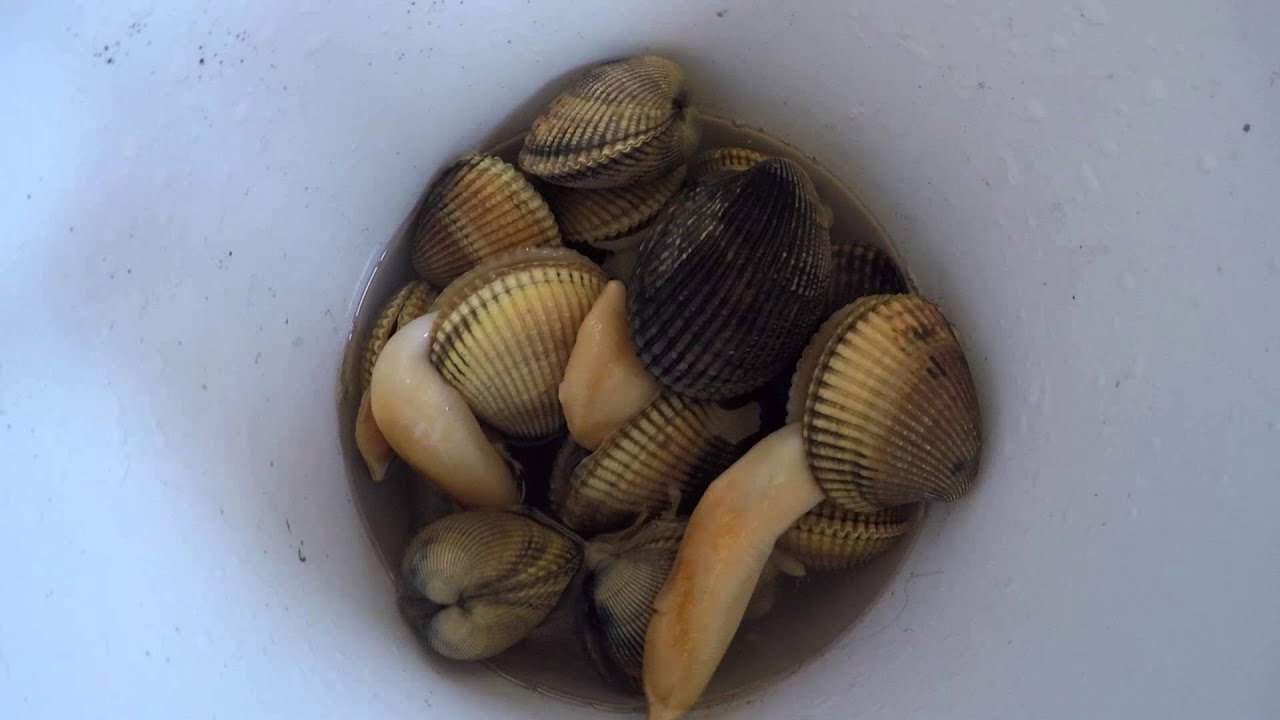
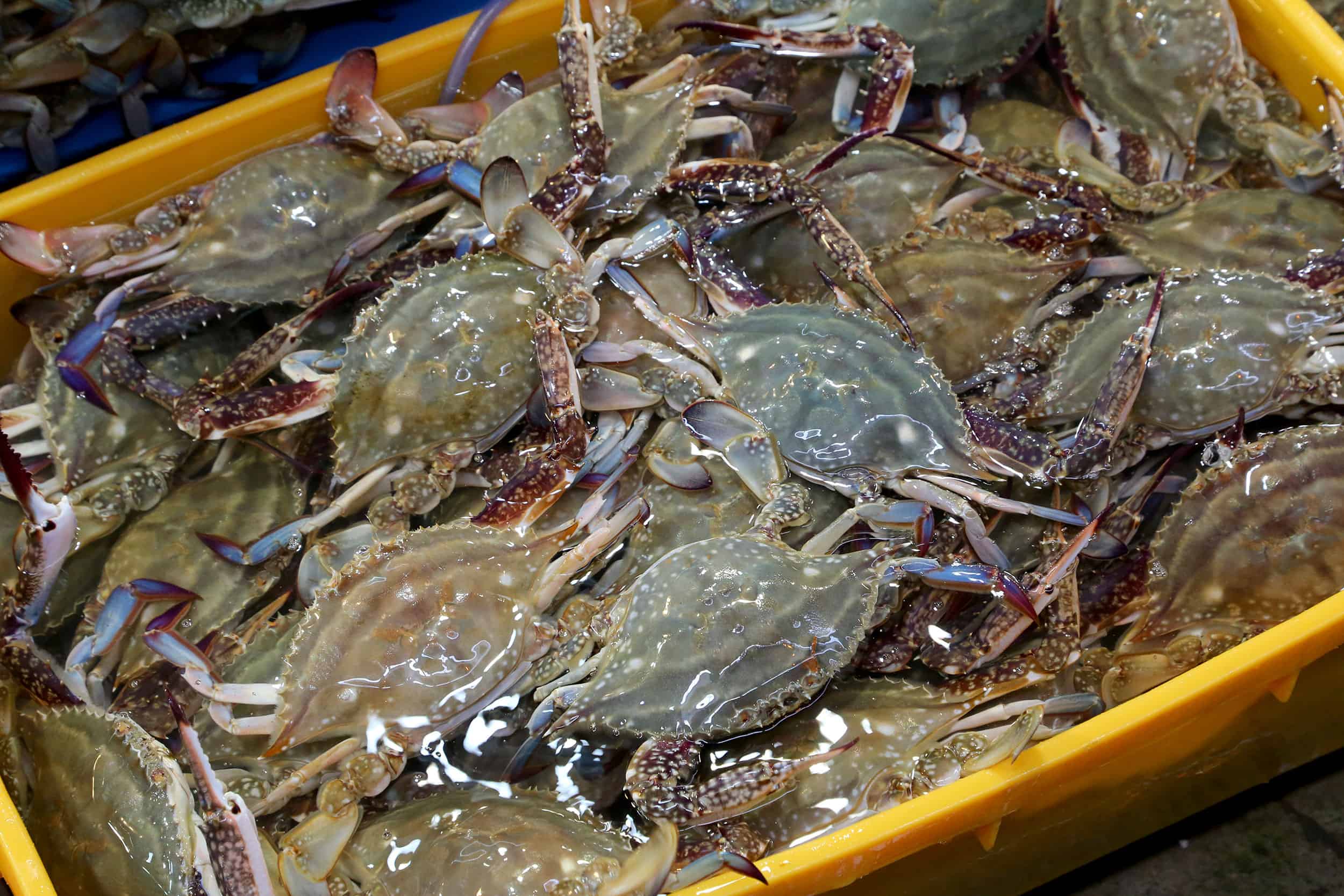
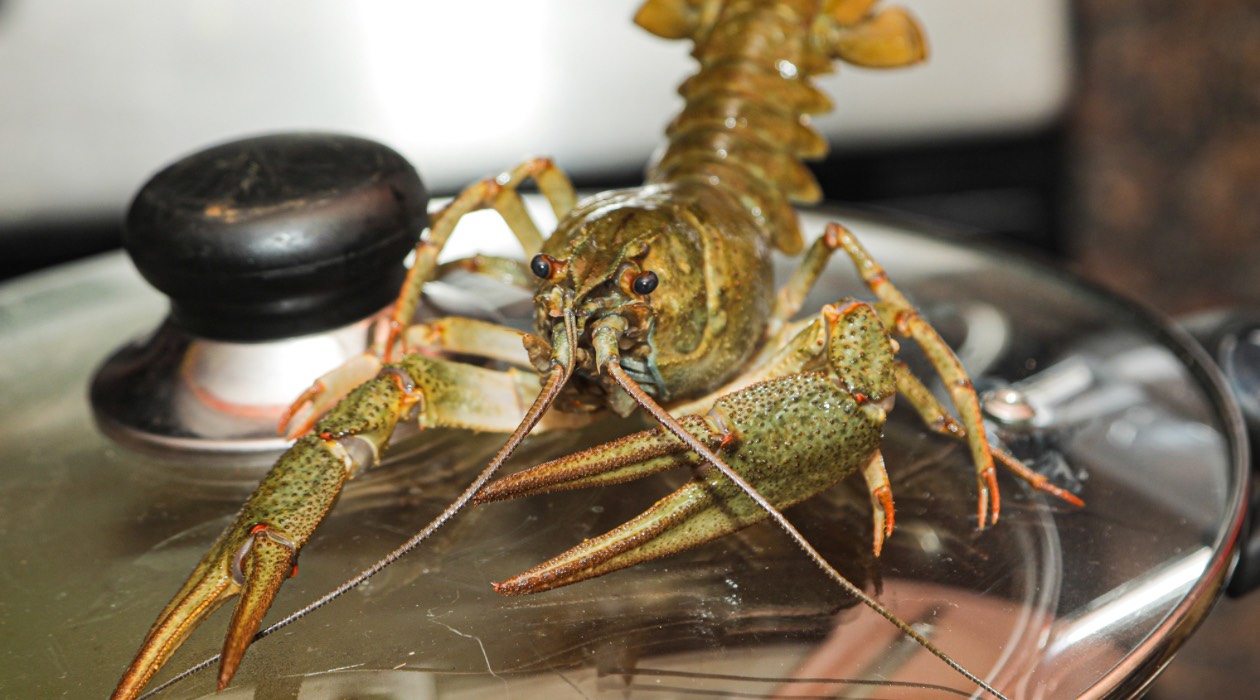
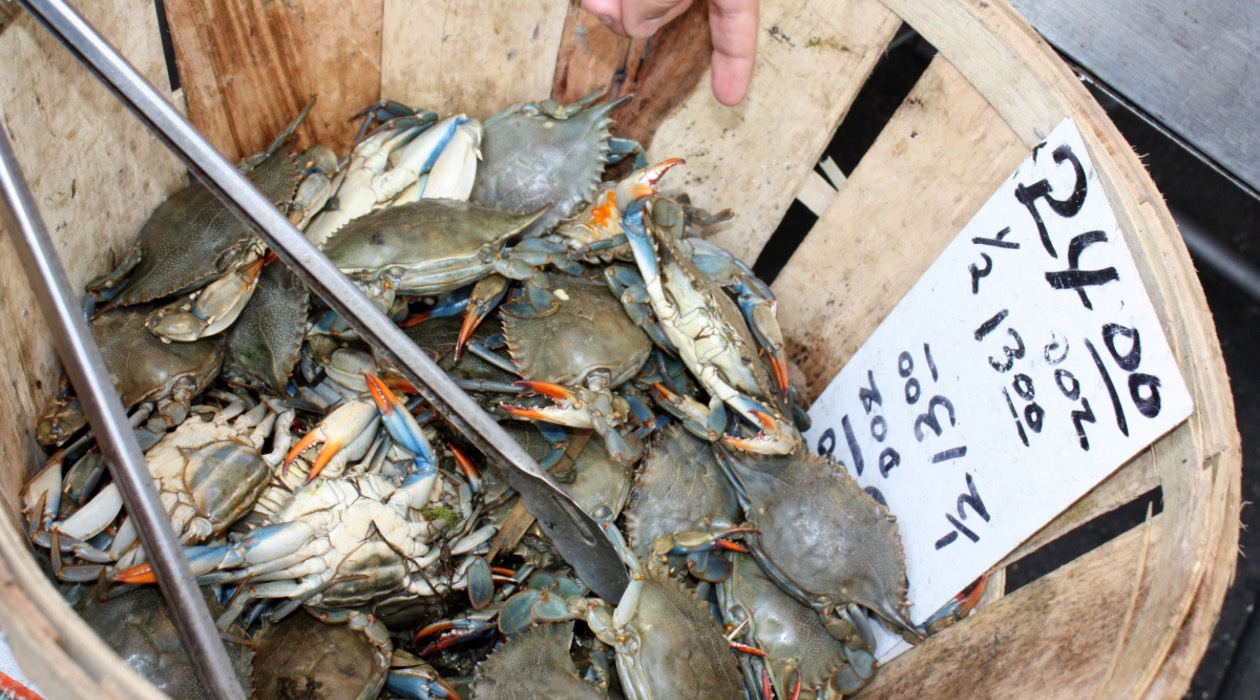
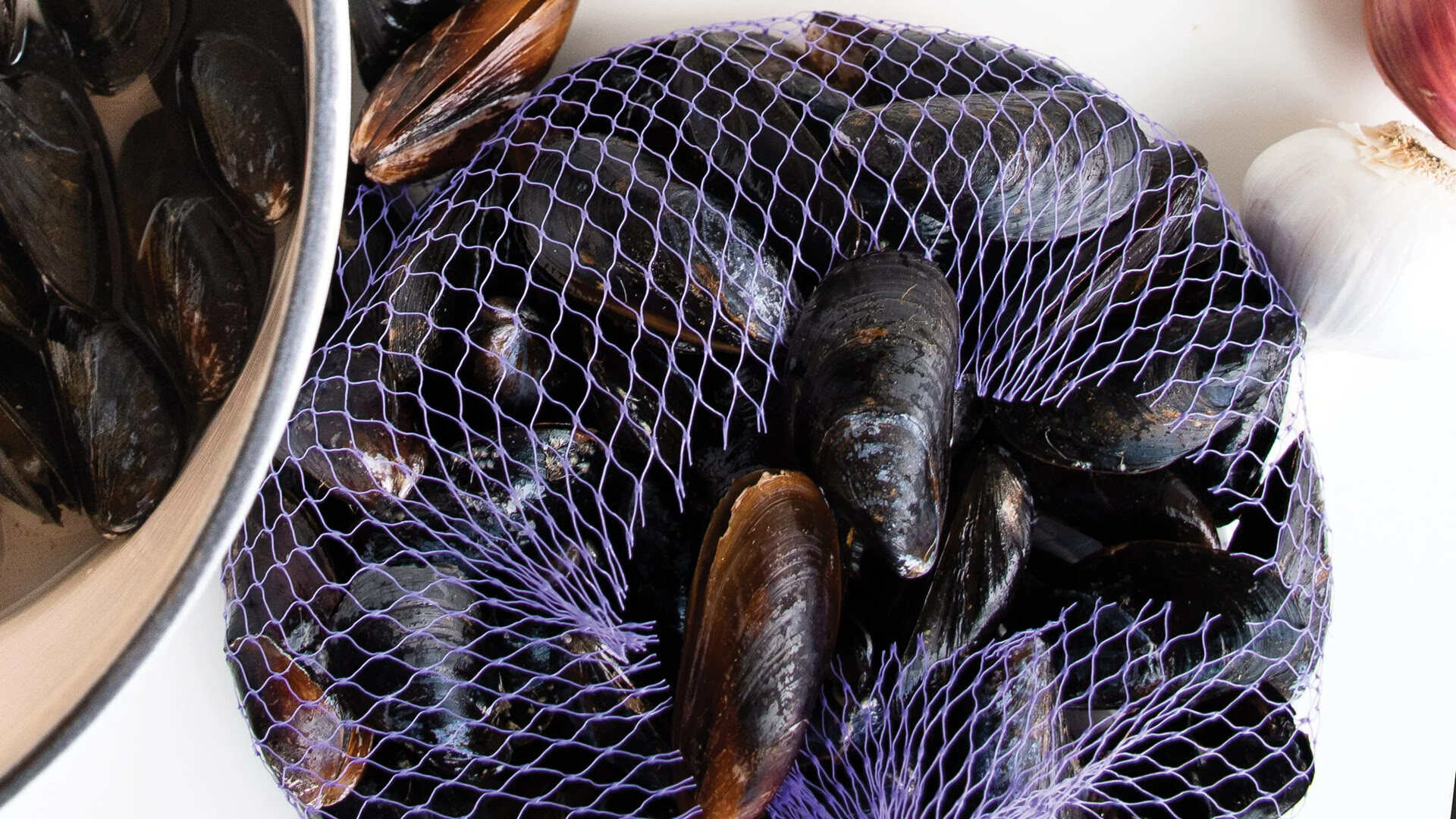
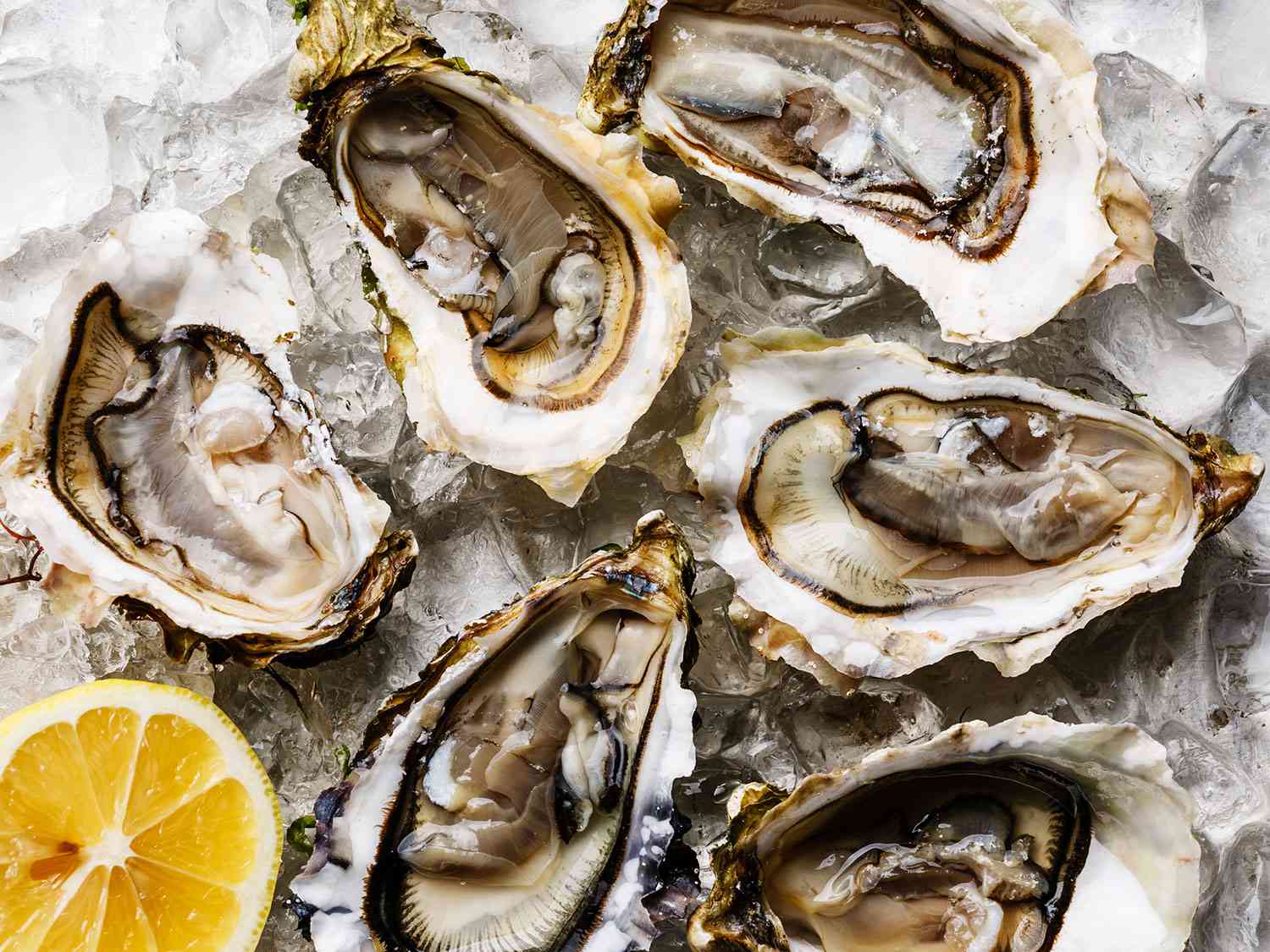
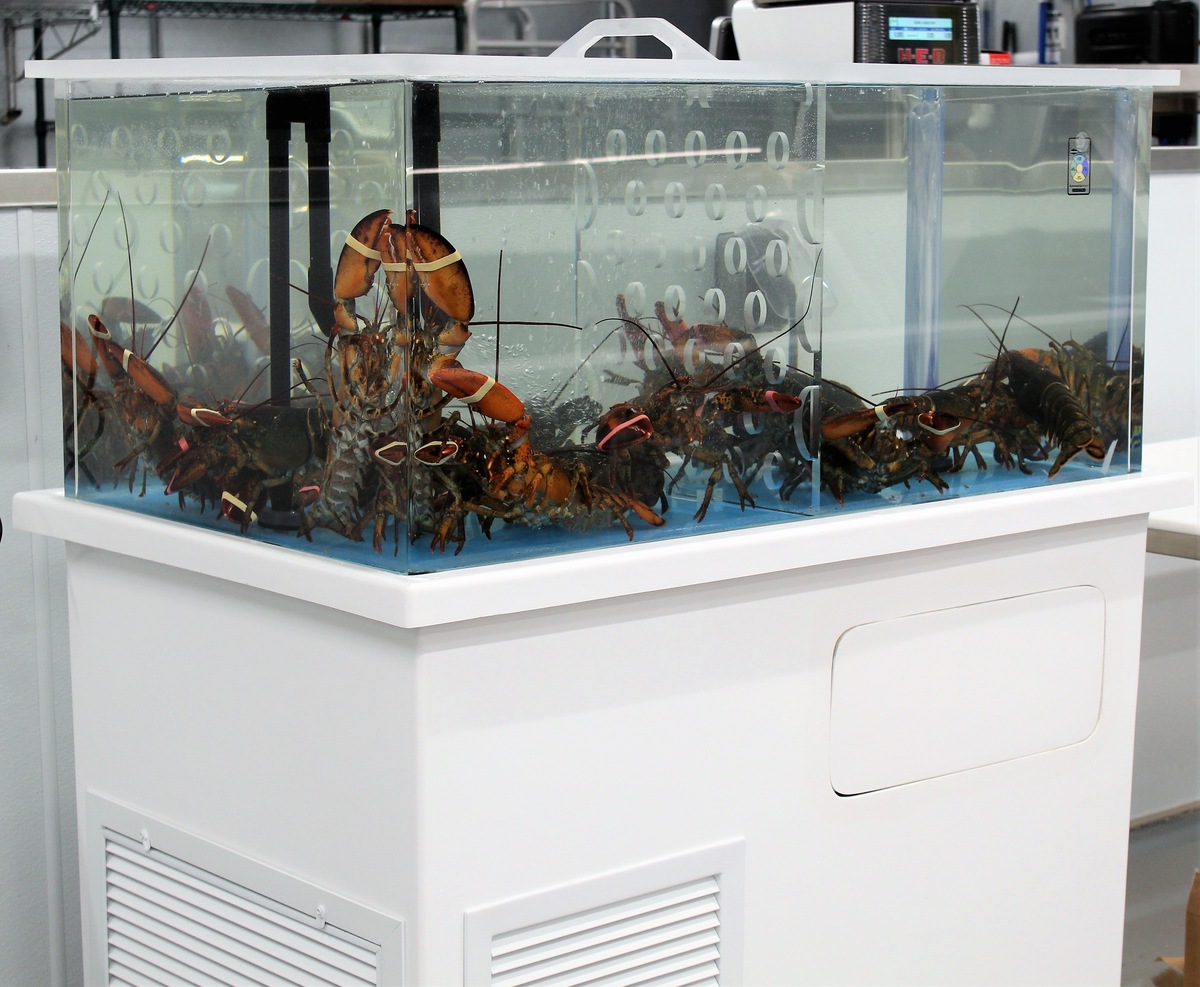
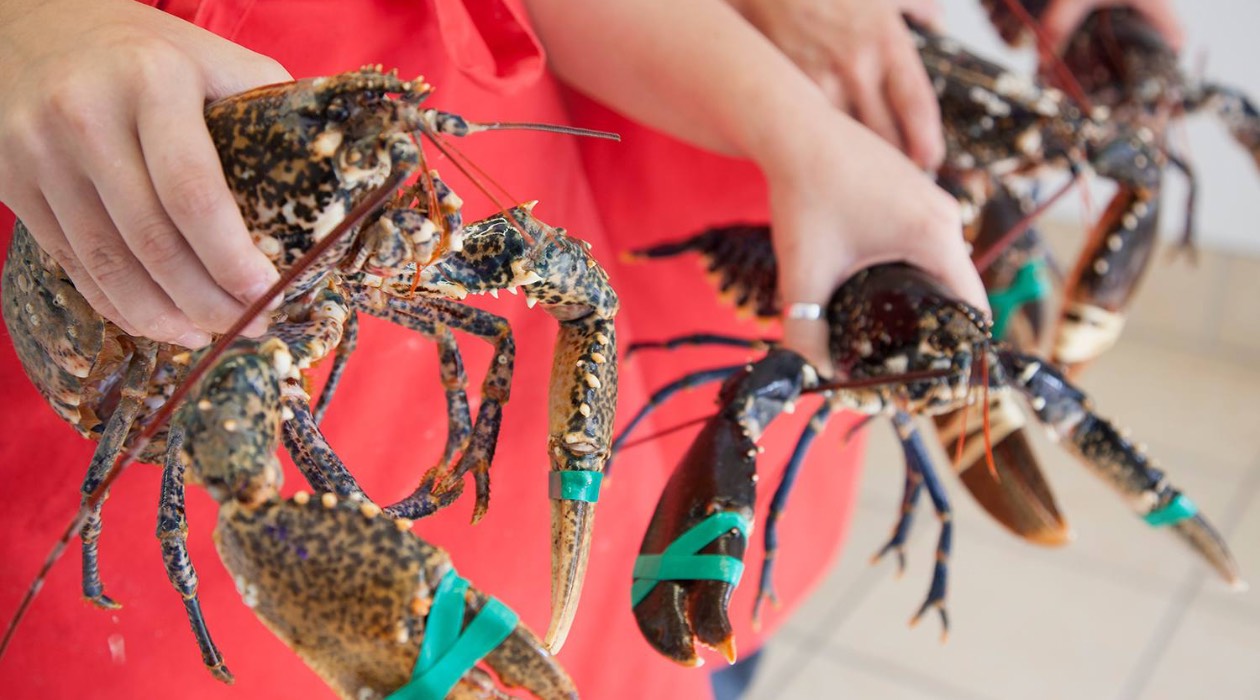
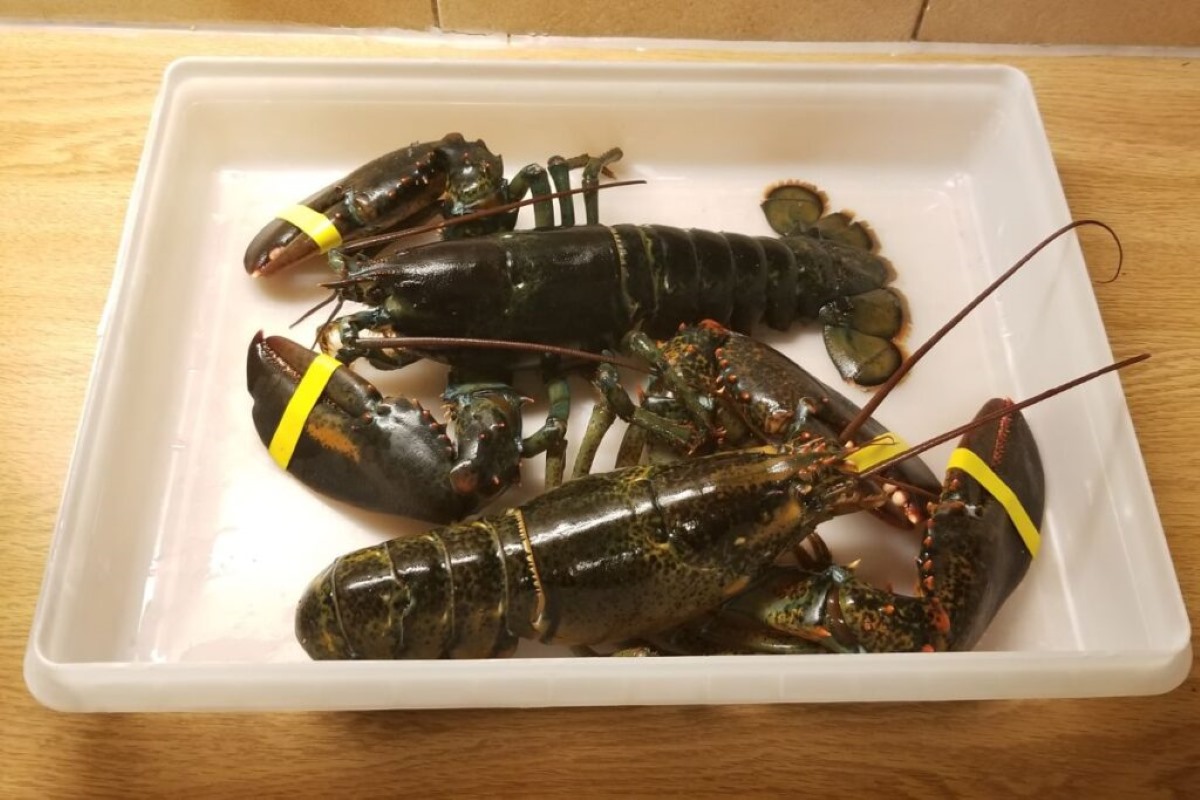
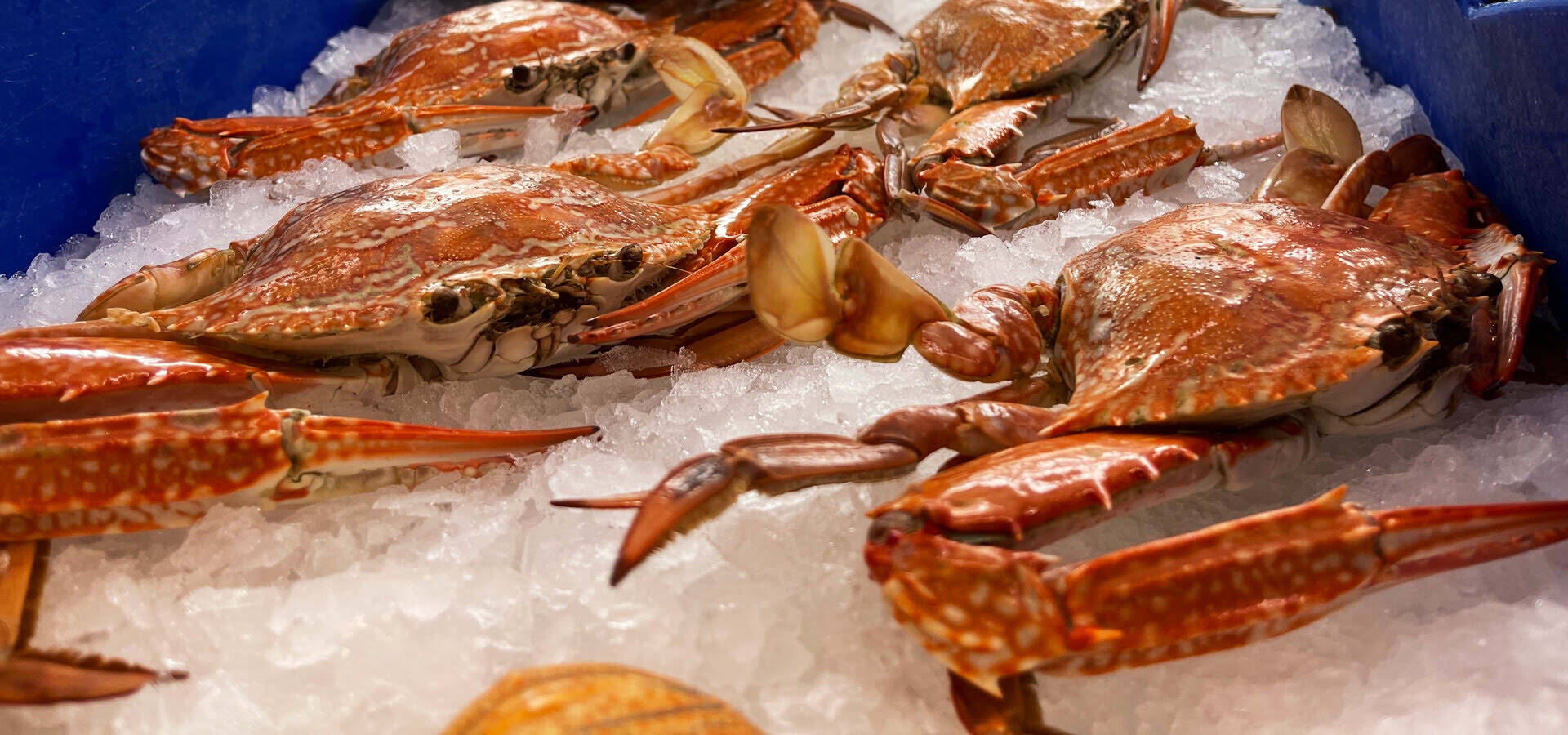
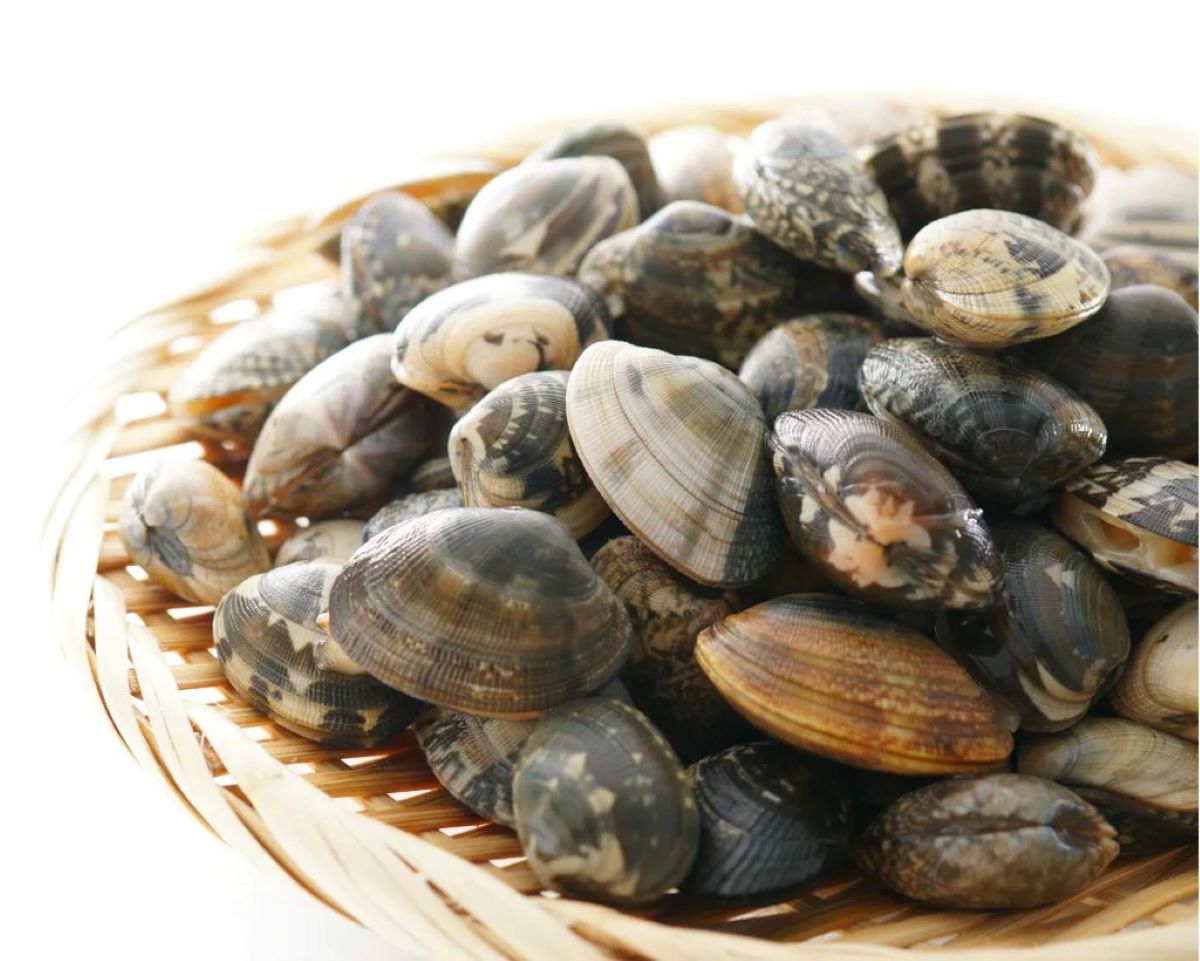
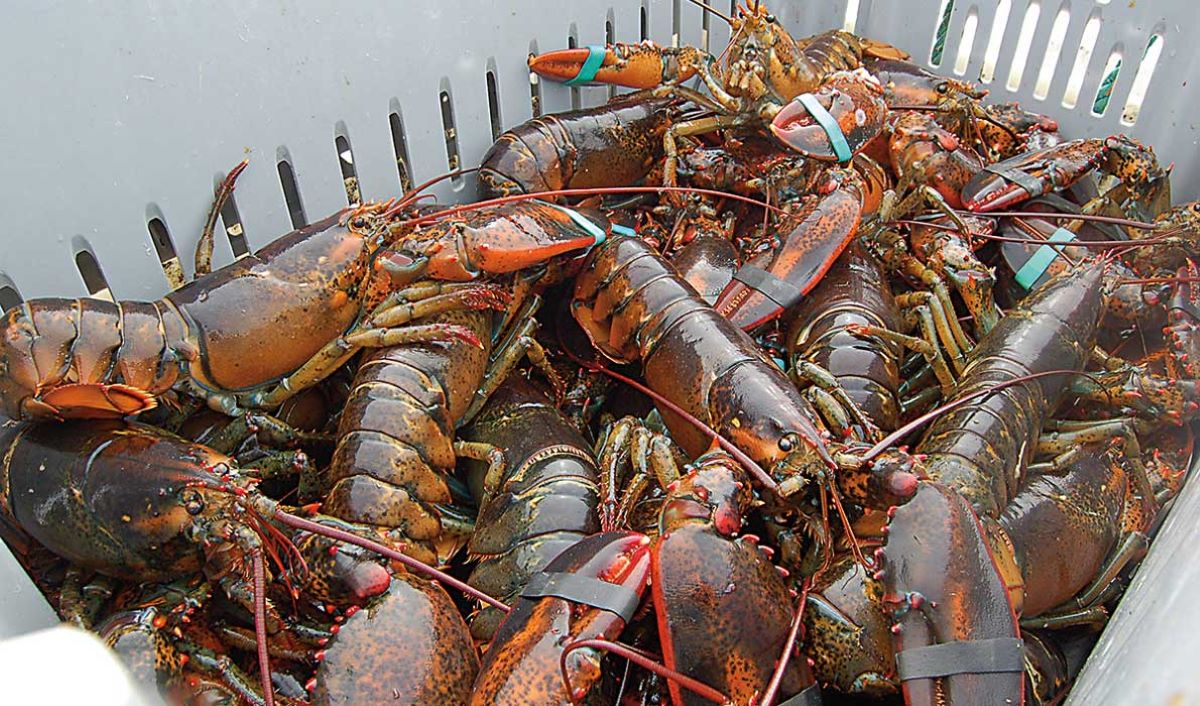
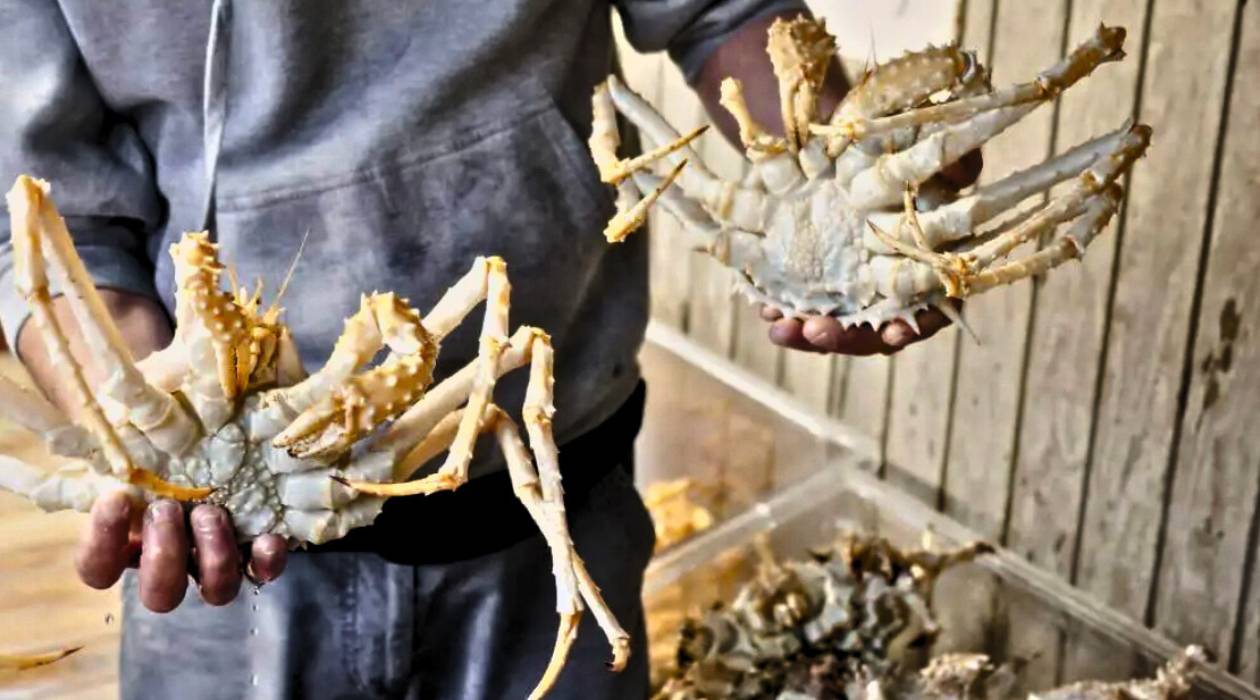
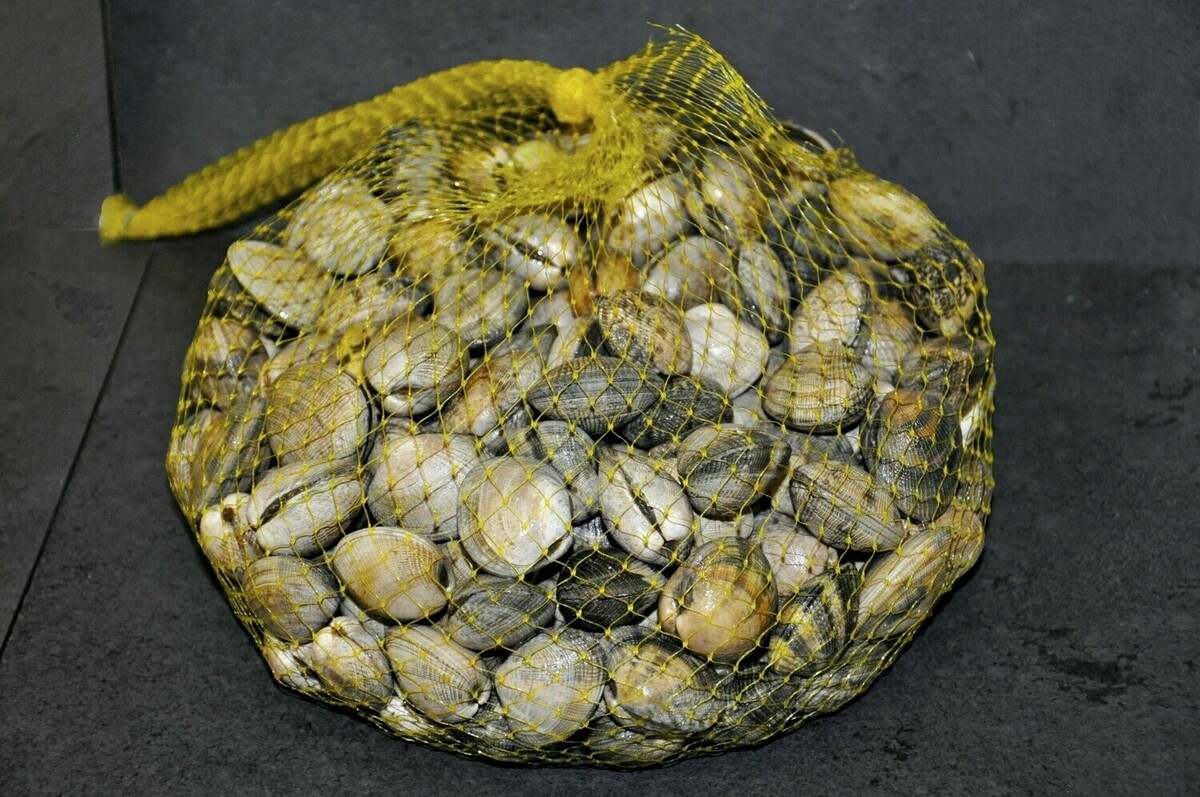

0 thoughts on “How To Store Live Dungeness Crab”